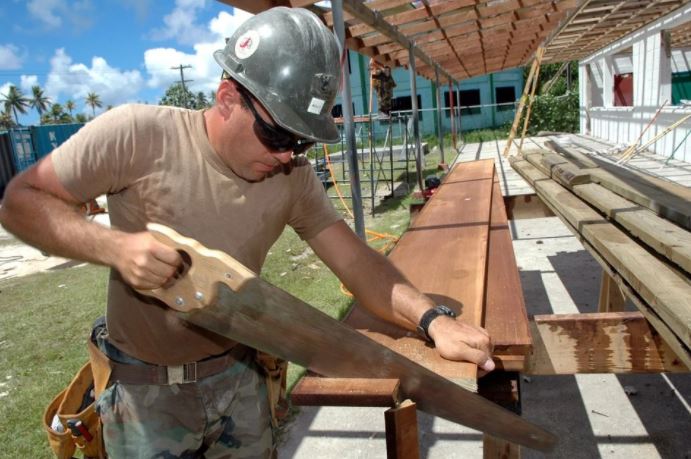
No matter where you live, it’s likely that violent and unpredictable weather might blow through your area. It is imperative that your home, particularly the roof, is prepared for it. The roof is literally the shelter that will protect you and your family from the storm, so read further about what you can do to ensure that the roof stands strong against Mother Nature.
Conduct an Inspection
Walk the perimeter of your property around the house with a pair of binoculars to give your roof a lookover. It’s ill-advised to try to inspect your roof by actually climbing on top of it because it’s dangerous and should only be done by someone who’s trained. The professionals from this Spokane roofing company say that during an inspection, you can look for missing shingles or damages to vent stacks or chimneys. Notify a roofing contractor of any damages you notice so the necessary preparations can be made beforehand.
Clear the Gutters, Downpipes, and Drains
One of the other responsibilities of your roof is to provide a drainage system that sends water from your roof to the gutters, down a pipe, and to a place where it can drain. If these pipes are clogged, then the water will puddle up and overflow down the sides of your house, which could result in costly damages. Also, if sticks and dirt build-up in the gutters, then they could potentially blow into the crevices of your roof and cause other damages. The regular maintenance of the gutters, downpipes, and drains will prevent build up and possible damages, so make sure the water can always flow freely through all the pipes.
Check on Rooftop Accessories
If you have any accessories on your roof, like a satellite dish, solar panels, or air conditioning units, then be sure to secure them. You won’t want them to be ripped off during severe weather, as this could rip off parts of your roof. A massive hole in your roof will cost you, so it might be best to just go ahead and have them taken down if there’s a severe weather warning in your area.
Flashings are cosmetic items installed to indicate penetrations or angle changes in the roof. These are particularly sensitive to water damage more so than other parts of a roof and need to be inspected regularly. It’s important to get a consultant to inspect them when they’re installed or repaired to make sure they were done properly. Always have them checked by a professional after a bad storm.
Trim the Greenery Around and Above Your House
Always keep your garden well-kempt, as volatile weather can blow brush into your home. Branches that overhang your roof must be trimmed regardless of whether or not severe weather is coming.

Constant rubbing on your roof from large overhanging branches will eventually wear away the tiles and cause unnecessary wear and tear. So, make sure you cut them as soon as you notice that they touch your roof. If there is severe weather coming, then your roof is at a greater risk of having a hole blown through it by a branch. Definitely see that that doesn’t happen by trimming the possible hazards.
Inspect Your Attic
An appraiser can check your attic to see if the air is flowing properly or if your attic needs more ventilation. Condensation will take place on hot days when the cool air from the outside heats up the warm area inside your attic. Over time, this lack of ventilation resulting in condensation will cause mould, rotting, and leaks.
Get an Annual Maintenance Check
It’s a good rule of thumb to have your roof inspected after any storm damage that it might have undergone during a storm. If you live in the midwest United States, or if your area is just prone to bad weather, then an annual maintenance check from a professional will be necessary to ensure your roof hasn’t incurred any unknown damages. However, it’s never a bad idea to get your roof checked once a year just for upkeep. It’s a lot cheaper to maintain a roof than it is to repair one. So, checking for worn away shingles or holes might save you money in the long run.
By conducting regular maintenance, most of the problems your roof might encounter during a storm may be avoided. Remember to always have your roof looked at after severe storms, as many damages could go unnoticed until they become a costly problem.




 POSTED BY
POSTED BY 

